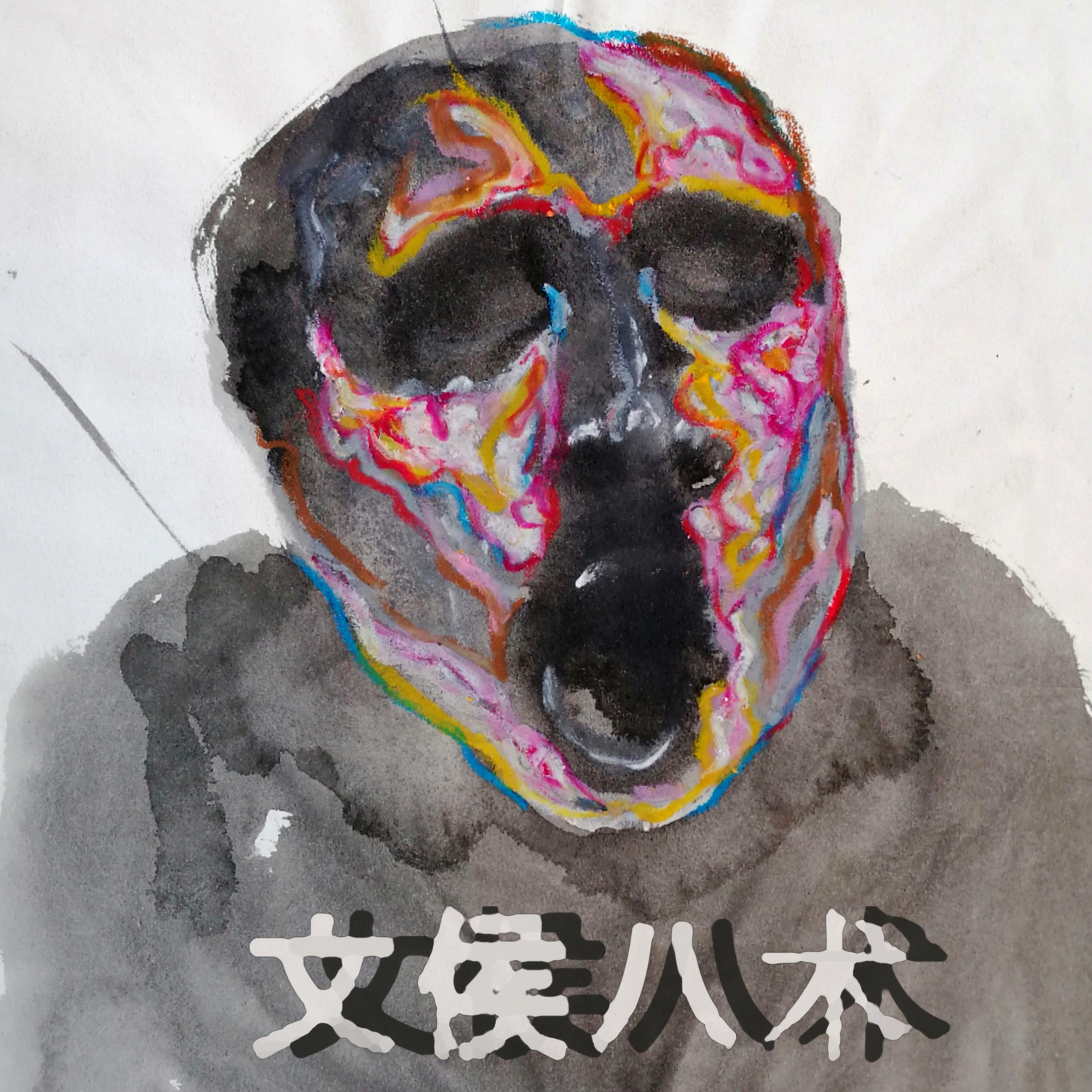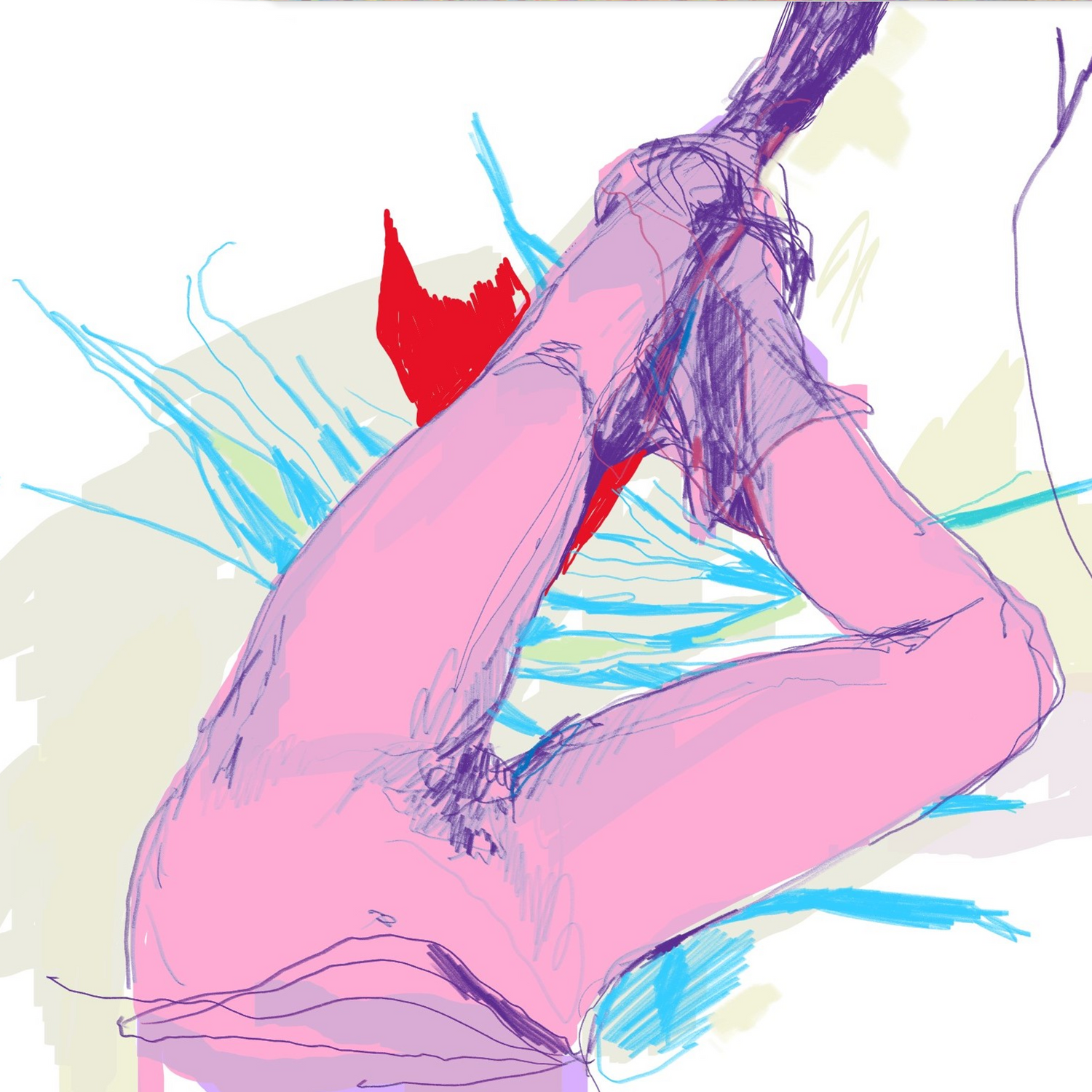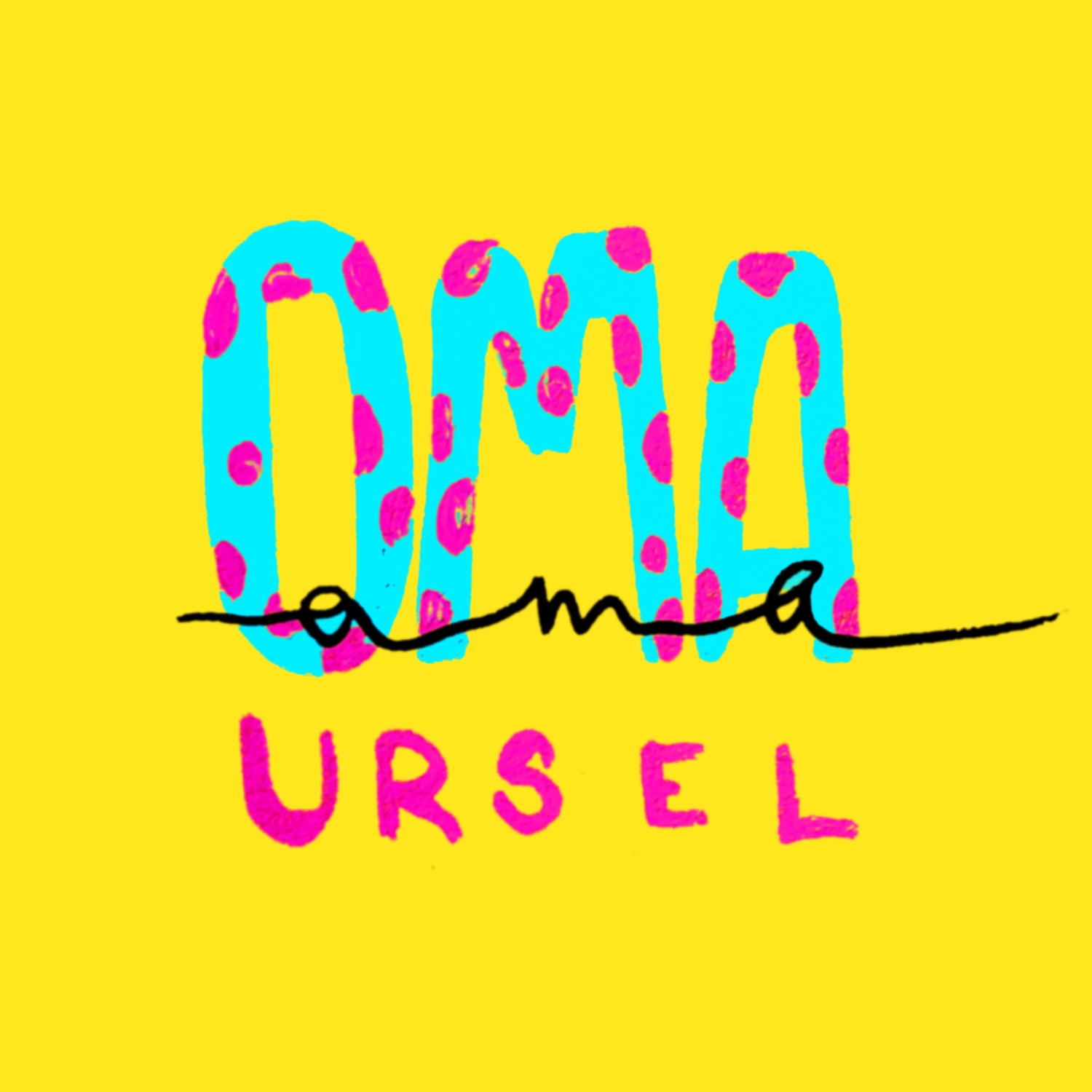Collection: PIERRE DEL AIRE


painting, mixed media, performance, music, visual art
Berlin, Germany
Aleksandar Nesic aka Pierre del aire is a mixed media artist working across performance,
music, and visual art. He studied at the Academy of Fine Arts Stuttgart (2003–2010) with a focus on graphic, performance, and video art. In 2006, he co-founded the visual sound
performance group zenit&nadir, collaborating closely with fluctuating images gallery and
presenting works like contain – Leben in 33m³ at Theaterhaus Stuttgart.
Since 2013, he has been part of the artist collective Bomb Gallery. His solo electronic
music project Poison In Honey began in 2015. Nesic has performed in various contexts,
including Assassinate Assange (HAU Berlin), with Chicks on Speed (Nationaltheater
Mannheim), and at NON Berlin with his provocative piece ALEKS RAUS TAG.
-
PIERRE DEL AIRE – Nikulin
Regular price €1.700,00 EURRegular priceUnit price / per -
PIERRE DEL AIRE - Coco - BBB T-Shirt
Regular price €300,00 EURRegular priceUnit price / per -
PIERRE DEL AIRE - Erdnulf - BBB T-Shirt
Regular price €60,00 EURRegular priceUnit price / per
ALL ARTISTS
-

RABENTINTE
painting, digital design Berlin, Germany www.rabentinte.de RABENTINTE - INSTAGRAM "Meet Rabentinte, a...
-

PIERRE DEL AIRE
painting, mixed media, performance, music, visual art Berlin, Germany www.aleksnesic.com www.pierredelaire.shop...
-

PHANTOM HEAD
musician Berlin, Germany "Phantom Head is a singer/producer from Berlin. After playing...
-

HANS RINGLEB
painting Berlin, Germany HANS RINGLEB - WEBSITE HANS RINGLEB - INSTAGRAM CURATOR:...
-

ANNE MARIE ROTH
embroider, writing Rheinland-Pfalz, Germany Anne-Marie Roth, a German artist from Rheinland-Pfalz, is...
-

XIAU CHUAN LIU
painting, handcraft, poetry, digital art CHINA & GERMANY "一文不值,万金不卖.混乱画集 所有艺术家都是虚荣家!" "My...





















